Mullein ~ Verbascum thapsusMedicinal Plant Part: Leaf, Flower Medicinal Actions: Demulcent, emollient, astringent, antimicrobial, antispasmodic, pectoralis, expectorant, and relaxant properties, which makes it beautifully helpful in pectoral/respiratory complaints and bleeding of the lungs and bowels. The whole plant seems to possess slightly sedative, mild narcotic properties. Common Names: White Mullein. Torches. Mullein Dock. Our Lady's Flannel. Velvet Dock. Blanket Herb. Velvet Plant. Woollen. Rag Paper. Candlewick Plant. Habitat, Description, Harvest: Mullein is a widely distributed plant, being found all over Europe and in temperate Asia as far as the Himalayas, and in North America is exceedingly abundant as a naturalized weed in the eastern States. This plant is biennial and there are many species too. I stay with the ones that have a white mid vein and white hairs along the flower stalk. The leave can get huge, up to 2 feet long when happy, but the plant starts as a small and fuzzy rosette each spring that grows larger and larger the first year. The second year rosette emerges large and the flower stalk quickly rises from the center by late spring of the second year. Leaves are harvest through the summer of the first year to spring of the second. Flowers are harvest in the summer of the second and final year. Herbalists seek these easily found abundant medicine plants for they provide through efficiency and potency for the relevant conditions of our times, and also provide teachings of the power of simplicity and ease through their actions. Traditional Medicine Preparations: For year I’ve harvested fresh Mullein leaf for tincture, dried Mullein leaves for infusions, teas and for smoke blends, freshly wilted flowers (leave out on a towel for a day so some of the water evaporates off) for Mullein Flower Infused Olive Oil. Mullein Leaves for Respiratory and GI ComplaintsCarefully examine each leaf to check for mold or decay on the leaf undersides as these should not be harvested for medicine making. Once harvested, I either dry them whole in bundles of 4-6 stalks, or I cut the leaves cross-wise and dry in 3-5 days and store away from moisture and light. When harvesting both first and second year mullein leaves. The hairs are prominent so have a good straining method before ingesting to prevent irritation in the throat. Mullein is found in all formulas addressing the lungs for any respiratory ailments from coughs due to colds and flus to management of asthma. Less often noted but just as potent are the GI Tract benefits of toning and supporting digestion while soothing irritation to mucous lining. Taken as infusion, homemade syrup, or tincture, many feel the expansion of the entire chest cavity and a lengthening of the spine as breathing muscles of the diaphragm and between the ribs are relaxed so they can work more efficiently in a regular healing breath rhythm that improves air flow, oxygenation, and expectoration of excessive mucous and/or infection lodged and festering in our lung tissue. Coughing is good. But we want efficient deep coughs to clear the lungs well. The calming and expansiveness of these actions is specific for easing the spasms associated with asthma. Mullein is safe for long term dosing for such chronic conditions as this. Recover from irritated and inflamed GI tract conditions is hastened in the presence of the demulcent and astringent properties of Mullein that encourage toned well-functioning mucosa to get back on tract. Mullein Flowers for the EarsThese delicate yet potent flowers are harvested for making oil for the ears for impacted ear wax mobilization and for inflammation and infection, though I tend to combine with garlic to enhance the antiseptic properties. I suggest just Mullein flower oil for impacted ear wax, any visible lesions, or abscesses in the ear canal. Please drop NOTHING in the ear canal if the ear drum is ruptured, draining mucous with a bit of blood, and already in a healing process. Before rupture, the pain is of course excruciating, but is relieved instantly with the pressure release of rupturing. The ear drum is designed to do this, and quickly, and needs no help other than keeping the outer ear clean and dry with warm soapy cloth as it drains. I encourage the person to lay affected ear down and allow the ear to naturally drain with the help of gravity onto a towel. It looks much like blowing your nose through your ear with a little blood show. Nasty, yes… but so good it’s draining away and they have found comfort from the pain! You will do more harm than good putting anything into the ear at this time. Treat the immune system internally instead, along with rest, ample hydration, and simple nourishing soups. It is easy to find traveling otoscopes (to look inside the ear canal) for less than 15$ today and it’s a great simple tool for the practice of visualizing the ear canal when healthy and sick. It’s the only way to truly learn what an infection looks like. We must know the tissue when well for comparison so I encourage regular peeks inside the ear canal to learn. It's not hard and one can get quite good at it quickly with a little practice. Inner ear infections versus outer ear infections of the canal are easily discerned as well, though treatment is the same with localized instilling of an oil, pain management, and immune support with herbs, rest hydration and simple nourishing soups. Pain is managed best with nervine herbs such as Chamomile, Skullcap, or Valerian root (there are others too), and hot salt packs I learned years ago from Rosemary Gladstar. Simply warm 2 cups of dry salt in a dry pan until warm to the wrist, but not too hot to touch. Pour into a bowl lined with a clean hand towel, gather up the corners and tie closed and place over the infected painful ear. Sometimes I add a few drops of Eucalyptus or Lavender essential oil. This stops pain almost instantly while other therapies are kicking in, increases circulation to the area and speeds drainage of the infection through opening the Eustachian tubes and sinuses. So simple and works great. Interesting Historical Notes:"The flower stalk oozes a brown protective, self-healing resin for the plant that was once used in baking like Vanilla is today for it has a faint vanilla aroma and has also a great history in fermentation of stouts and liqueurs. Rotenone is a fish poison and very effective insecticide originally of plant origin but now synthetically produced by our government. It occurs in mullein seeds and seed capsules, and leaves. Mullein seeds and seed capsules have been used as fish poison in the past. Mullein seeds and flowering stalks were also used to get rid of lice and scabies. Rotenone is water insoluble, but readily soluble in ethanol, acetone, and other organic solvents such as olive oil. Fatal rotenone poisoning causes respiratory failure, ironic, huh? Mild rotenone poisoning from inhaled mullein smoke may be spasmolytic (reduces spasms) for asthmatics and chronic bronchitis. It may suppress the cough reflex, and, act as a local anodyne (pain killer) for inflamed ear canals. Rotenone is more toxic when inhaled than when ingested. Once again, the poisonous substances of plants in low doses produce some of our strongest medicines." – Thank you to Ryan Drum. Personal Journeys with MulleinMy first year in herbal school I received visions from Mullein as the tall flower stalk superimposed as the spine within our human form. Mullein had me see and feel this in my body so I could truly know this expansion and lengthening as my cells, tissues, and bones as they made more space within my body for movement both physical and energetic. Grief work, which was in my lap back then, I learned would be a healer and teacher who would be present all through life, not just for me, but we all have this work in our lap. While I sat with these gentle giants, I learned how Mullein deeply assists us with re-patterning our stance in the presence of the grief we attempt to carry. It allows the protective heart posture of collapsing our shoulders forward with a rounded back as we pull our heart away from the world to open, to expand. Mullein supports movement, flow, and the release of the tears behind the rage, which is often one of the many masks of grief, as we re-learn a new posture, a new stance, in the presence of our grief as teacher. Solidified and held grief makes us sick. It must move. Mullein is often communal in how it grows and this mirrors the medicine of grief that also needs community. We are learning still. Asthma, respiratory, ear and GI tract lessons have all been learned on the job as a mom of three sons who each gave me the lessons I needed on how to assess and treat such conditions as I nudged their bodies back to health. And yes, our children carry their own grief too, sometimes lineage, personal, or collectively rooted. Mullein has always been in my home apothecary since my very first creation of an apothecary. It’s easily found in herb and health food stores for reasonable prices due to abundance and ease of harvest, or found when away from home in wild places where newly disturbed soil encourages the seeds to germinate as one of the first plants to do so in such places. Each mother plant in seed makes thousands of tiny black round seed on the huge stalks that can get up to 10 feet tall. If you find yourself on new land without Mullein there are two ways I love to entice Mullein closer. One is to call to Mullein deep within. Make an offering too. It will always come to those who wait and our work is to remain poised and ready to receive. Many are surprised at how Mullein shows up too. The other way is to find stalks in seed and carefully transport to your land in some creative way. Then wave and whack these as massive wands over areas you think Mullein will love, partly to full sun is preferred. I sing softly and speak praise to this beauty too. I imagine I’m quite a sight and it makes for great conversation from non-gardening or non-herbalist neighbor folk! Thank you for wandering through here. Much love, Jen
0 Comments
COMMON NAME: Usnea Other Names: usnea lichen, old man's beard BOTANICAL NAME: Usnea barbata, Usnea longissima, Usnea hirta. Usnea plicata, Usnea fillipendula, (there are 600 known species but these are the most commonly studied and utilized species for medicine). Plant Family: Usneaceae CONSTITUENTS: Usnic acid, essential fatty acids, mucilage, sterols, and many more not being listed here at this time. PARTS USED: dried thallus, also called lichen strands. PREPARATIONS: Tincture, liniment, compress/fomentation, poultice, cough syrups, cold lozenges, decoctions, wound washes, wound packing & powder, douches, sitz baths. Taken internally and applied externally. Tincture can be applied as liniment to skin full strength or added to mister bottles with water and essential oils for skin fungus and infections. To bathe sinuses add 2-3 drops of tincture to netty pot washes. MEDICINAL ACTIONS: Analgesic, Antimicrobial, (Antifungal, Antibacterial, Antiviral, Antiparasitic, Antiprotozoan), Antiseptic, Antiproliferative (cancer), Immunostimmulant, Anti-inflammatory, Antineoplastic (cancer), Antioxidant PRECAUTIONS: Not for use during pregnancy is often reported by many. No other known precautions exist. I will share that with flu and pregnant, I did enlist the support of Usnea with great results. My rule with plants where we just don't know the effects during pregnancy and yet there seems to be good reason for it to be fine is to take 1/4 the dose to start. The pregnant body is very sensitive and requires very small doses and can work with this well because of the heightened state we are in when pregnant. You get to decide for you and your baby. This is not based in any research nor is it a suggestion. I only share what I've experienced. THE MEDICINE: Walking through the forest is where one will encounter Usnea. Did you know know that the inconspicuous gray-green fuzzy plant covering many of the trees is one of the gentlest yet strongest immune tonics and antimicrobials in the herb world? Usnea is a lichen; a combination of an algae and a fungi growing together symbiotically on the surface of the tree. Also known as Old Man's beard, it grows in little hair-like tufts, with the green algae covering the white string like fungi. The best way to identify Usnea is to pull a string apart and look for this white thread. No white thread means it's not Usnea. I do recommend showing a sample to a knowledgeable person to confirm you've got the right plant. Some people say that the Usnea lichen likes to grow in old growth forests. It must be true but I've seen it on younger trees too. Stephen Buhner has suggested that Usnea serves as the lungs of the forests they grow within, and in some way supports the overall health of the ecosystem. I believe this to be true. It carries the energy of a wise elder, maybe a grandfather for me. This plant grows profusely in wet climates, like the Pacific Northwest, where tufts can be up to a foot long. The species that grow here in the northeast tend to be smaller, which can make gathering it a tedious task. I find gathering after a big wind storm good because the wind will blow down the Usnea from the higher branches. I grew up in orchards and the old abandoned apple trees had lots of Usnea growing on them. Usnea is an immune system tonic that can be used in acute situations as well as for long term immune enhancement and general prevention. It has no side effects or contraindications, and is safe for children and animals. It can be taken along with or instead of Echinacea. Usnea is more specific for strep and staph infections than Echinacea, and the antibiotic properties are most specific to the respiratory and urinary systems. We take to help heal respiratory and sinus infections, bronchitis, pneumonia, strep throat, colds, flus, as well as urinary tract, kidney, and bladder infections. Usnea is also beneficial for women with yeast infections, trichonomosas, bacterial vaginosis, and chlamydia. It can be helpful as part of the plant-based remedies taken for people with chronic fatigue, HIV, herpes, and other chronic conditions related to depressed immunity, especially when taken in a pulsed fashion for acute flare-ups within the chronic condition expression. Usnea can also be used externally for outbreaks of staph, cellulitis, or infected wounds. I generally use the powdered herb, strong decoctions applied with a cloth, or the diluted tincture for open skin and straight tincture for closed skin. The moistened herb also makes an excellent bandage to be used directly on the wound or affected area. Should you have the great fortune of being near this one fresh when an injury happens, packing the wound with fresh plants after bleeding has been addressed is perfect for keeping the wound tended until you can get to a better situation for cleaning the wound. This tough yet delicate looking little plant (not plant, lichen) doesn't make much of a tea due to having so little water soluble properties, so I recommend using it as a tincture. The heat required to make many medicines will however take the place of the alcohol so you may stay water-based in your preparation if alcohol is a concern. Increase your dose by 1/4-1/2. I've made a throat spray by diluting the tincture with water, Essential Oil of Eucalyptus, and Honey. It was a spontaneous creation that works great and seems to have the ability to kill microbes on contact. I also, as stated above, place 2 drops of tincture into a full netty pot for sinus irrigation. I do this when I know I've been around the flu or have started active symptoms. I also take it internally 30 drops 3-5x/day and add to cough syrups too. I've found it to be quite effective with serious cases of bronchitis and pneumonia. Dosing will be increases from 2-3x/day to every 4 hours 30-60 drops to 1/2 teaspoon of tincture with convalescence and bone or medicinal mushroom broth based soups for a few days. Let’s be wise my friends. If someone can no longer walk well or maintain their oxygen levels so they look pale and grey (awful), seek medical attention. These are advanced distress signs of a very weak system so unless you are comfortable with what this looks like and what to do, seek help and learn. Watch closely so you can learn well from the experience. And yes, one can treat with plant medicines and modern medicines together. Seek guidance on how if you are inexperienced. Herbalists were ordered with threats to be silent by the FDA during the Anthrax scare. This was the first plant turned to for protection from inhaled life threatening situations; second to quarantine. Hypothetically speaking, dilute the tincture in a spray bottle with Eucalyptus essential oil and mist in front of the face for inhaling. I add 60 drops of Usnea tincture to 2oz. of water with 20 drops of the Eucalyptus essential oil. It could be called, hypothetically speaking, an "air purifying spray". Also use the netty pot with 2-3 drops of tincture only (more than this burns the sinuses). For Weight Loss? NO. It was reported to help with this by isolating Usnic acid and concentrating it and people were hurt most likely due to toxicity from receiving the plant in compound isolated form. Work with the full spectrum of whole plant preparations for safety reasons. The FDA was considering banning the plant due to this but it has fallen away a bit thankfully. Do educate that this is not a way to work with Usnea. TINCTURE MAKING CONSIDERATIONSUsnea has water soluble and non-water soluble compounds and so there are suggestions by herbalists to provide a two part preparation for making the tincture in order to extract the full spectrum of the medicine offered. For alcohol sensitive people, a syrup or glycerite made with heat will provide a good option but I would suggest larger dosing (double the dose). The polysaccharides are found in the fungi portion of Usnea (white inner core) and are part of the water soluble medicine. The alkaloids and acids found in the outer green algae part of Usnea are extractable in 90-95% alcohol, this being the non-water soluble parts. There are other compounds identified and unidentified but by making your tincture in this two part process you will be getting the full spectrum of what Usnea has to offer for healing. Making Usnea barbata Tincture – A Two Part Extraction Process Usnea Tincture at 1:5 dried 45% alcohol – Adult Suggested Dose: 1-2 dropperfuls 1-4x/day depending on the health condition and presenting symptoms. PART 1: You’ll need 3-4 oz dried usnea, Everclear 90-95% Alcohol + 1 quart jar
CONGRATS! You now have a dual-extracted, highest potency Usnea tincture made by you! I also do this cook process for other healing herbs such as Astragalus root, all medicinal mushrooms, Ginger root, and a few other tinctures to honor their water soluble compounds as well as their converted-by-heat compounds they have. Cannabis is proving to fit into this category of healing plants/lichens/fungi as well with it's need for decarboxylation to potentize certain compounds. Some herbalists now do this two-part extraction with all dried roots and barks to be tinctured. I’m grateful to Stephen Buhner, Ryan Drum, and Christopher Hobbs for pioneering the simple techniques of a two part process to make a more potent tincture.
Usnea is also an indicator plant to the health of an area as far as pollutants are concerned. Christopher Hobbs has shared many a time on how Usnea will recede from highly contaminated places because it absorbs such toxins easily due to the nature of it's growth pattern. We would not want to make medicine from this and this wise medicine lichen will not allow it either. This is surely another way the wise protection held in the medicine reaches through. And so to find it is a great reason for ceremony and rejoicing for me. Processing Usnea for External Use Usnea has very tough cell walls! Therefore, you need to break up its surface area— by grinding, mashing, or chopping to make its medicine more bioavailable. For an herbal powder which can be used to clean and treat wounds, simply air dry the Usnea (it dried so fast and often in a few days just sitting around in basket), and then grind it into a fine consistency using a mortar and pestle or an electric grinder. This powder can be sprinkled directly into wounds, or you can simmer for 30 minutes, and add other antimicrobial plants (love rosemary, plantain, yarrow, calendula to name a few), steep, strain, and wash wounds or apply compresses with the warm to cool tea. Harvesting Usnea Usnea takes a long time to grow. Therefore, I only harvest it from dead fallen branches rather than from living trees. Make sure you’re harvesting the right lichen! One distinguishing feature of Usnea is the presence of a thin, thread-like, white central “cord” that is revealed when you pull apart the outer sheath of the thicker main strands of the lichen. These cords have an elastic consistency to them, so when you pull them apart, they should be rather springy/snappy. When harvesting Usnea, look for the vibrant, brighter colored specimens as opposed to those that have been hanging out on the ground for a long time and look semi-decayed and brownish. I like to harvest Usnea using a knife or clippers, that way I can easily separate the lichen from the branches that they’re growing on and leave any bark or other debris behind. This also leaves the “roots” of usnea embedded in the tree where it can continue with its own life process. Make sure you harvest away from roadsides or developed areas as Usnea can absorb toxins and heavy metals from the environment. When in Ecuador high in the Andes Mountains hiking in the forest, tufts of Usnea floated down into my hands one morning. It was one of those moments that stops you for it's undeniable how plants can come to us in seen and unseen ways, calling our attention deep in our heart and soul to connect. To make and honor that bond deeper than before. Thank you so much for wandering through here with me. Much Love, Jen |
Details
Jennifer Costa, Herbalist-RN, Teacher, Botanist BS, EM-CST, and Founder of ElderMoon School of Herbs & Earth MedicineCategories
All
Archives
January 2023
|
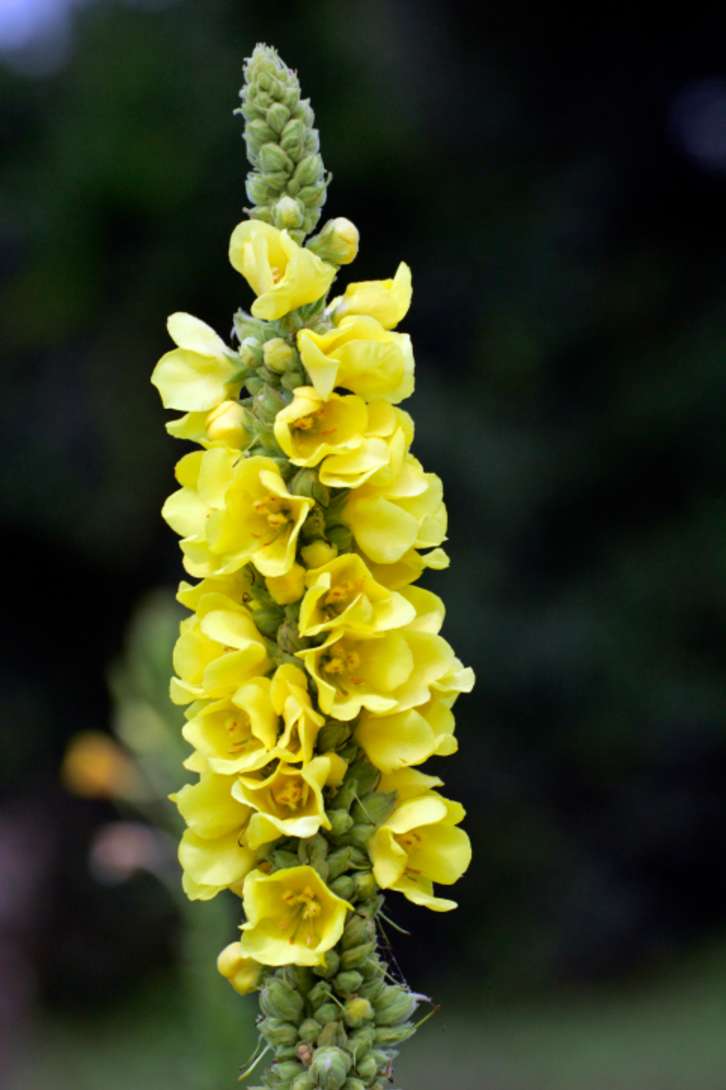
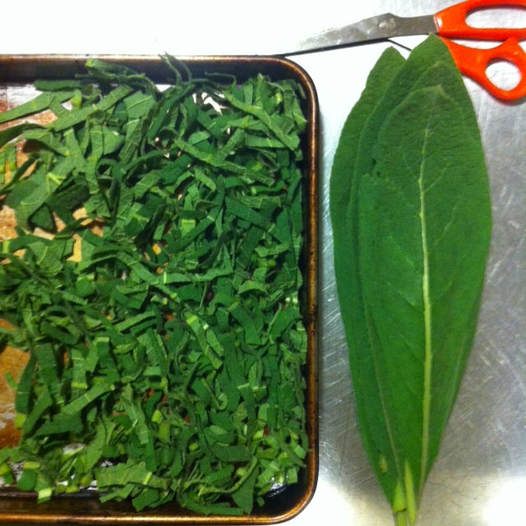
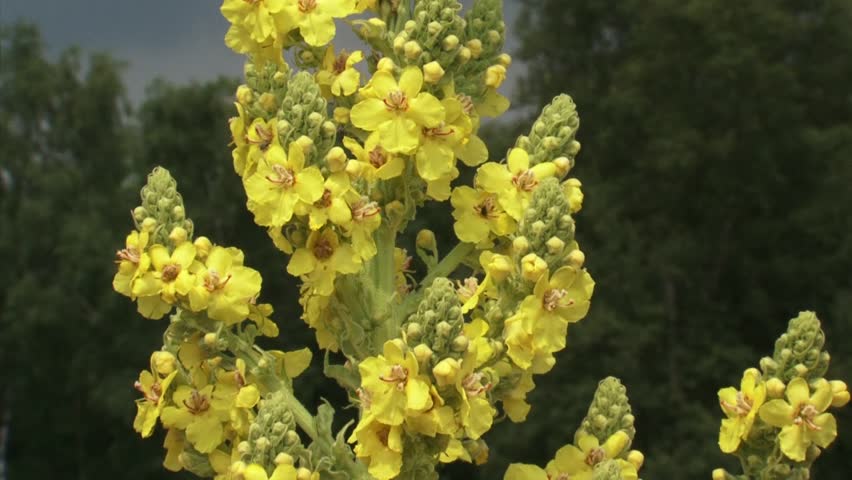
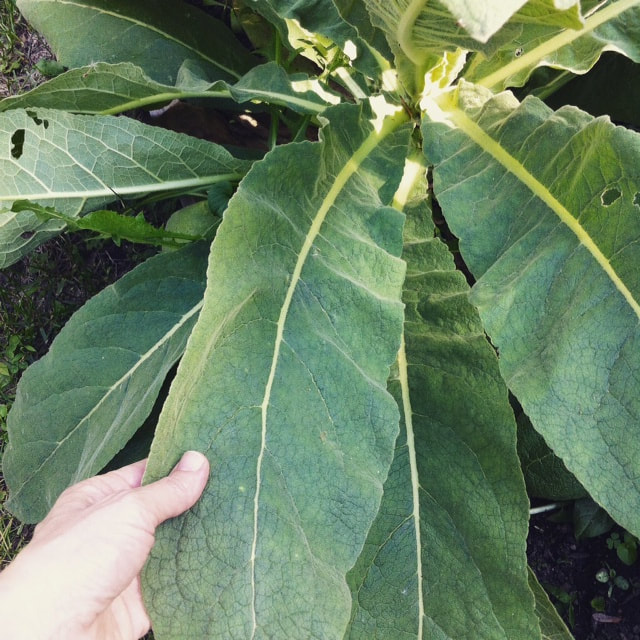
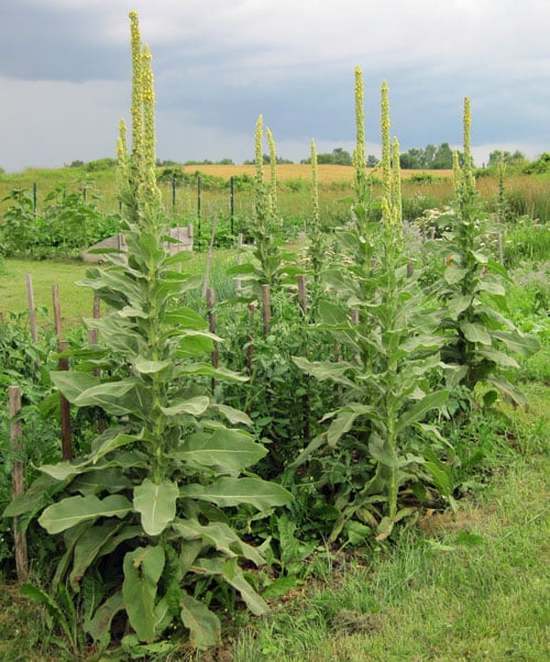
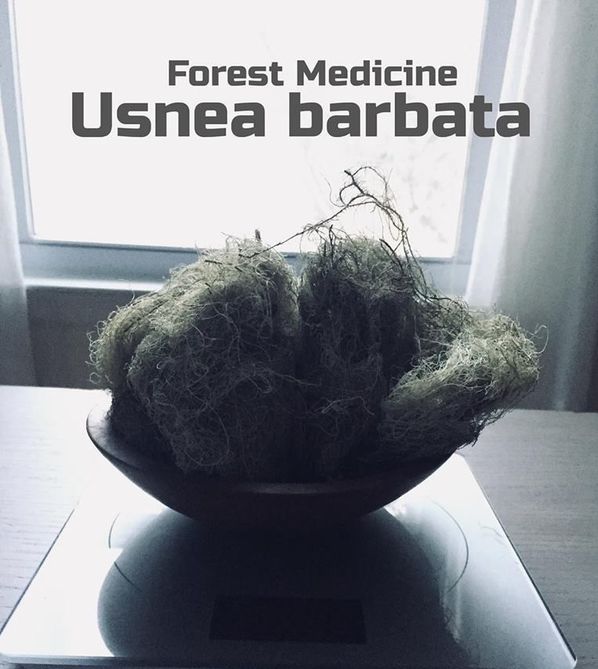
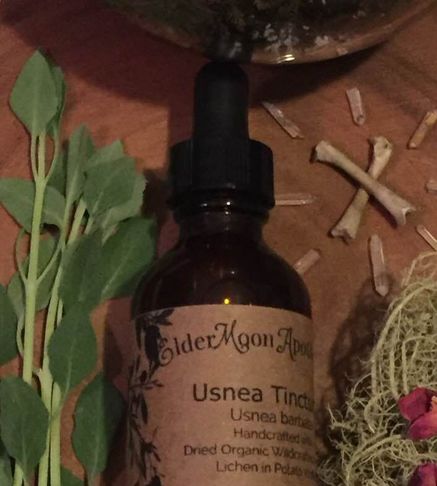
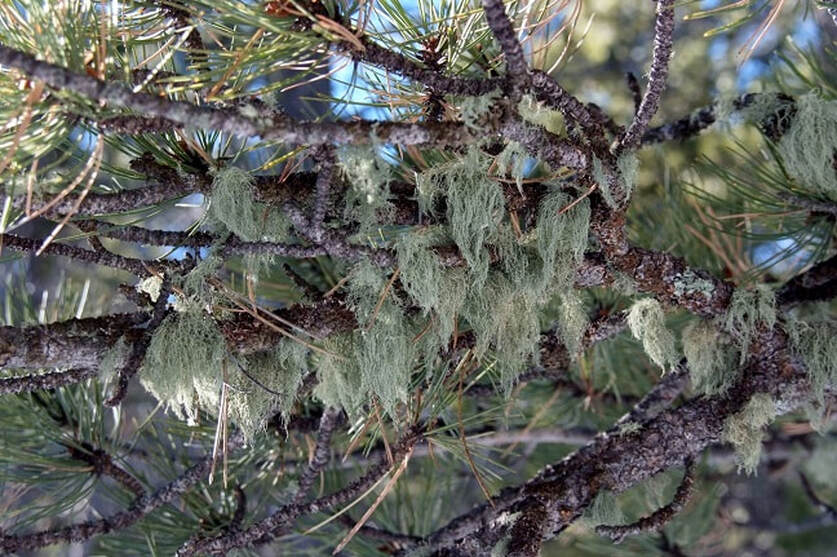
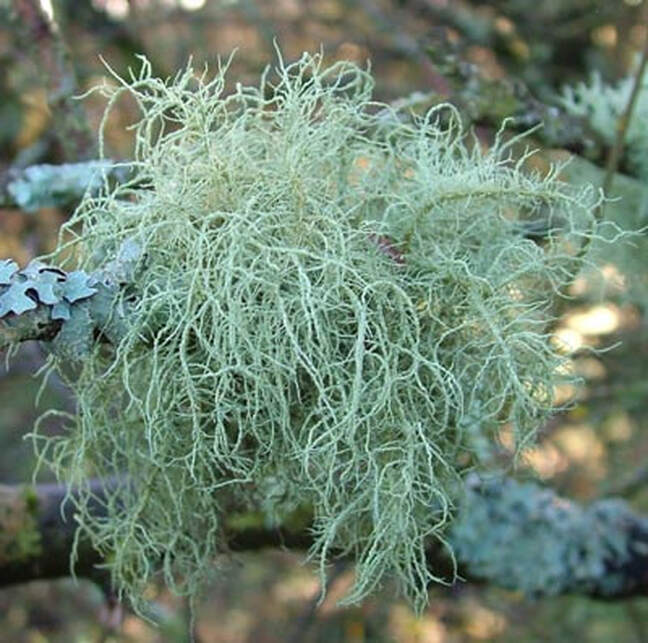
 RSS Feed
RSS Feed